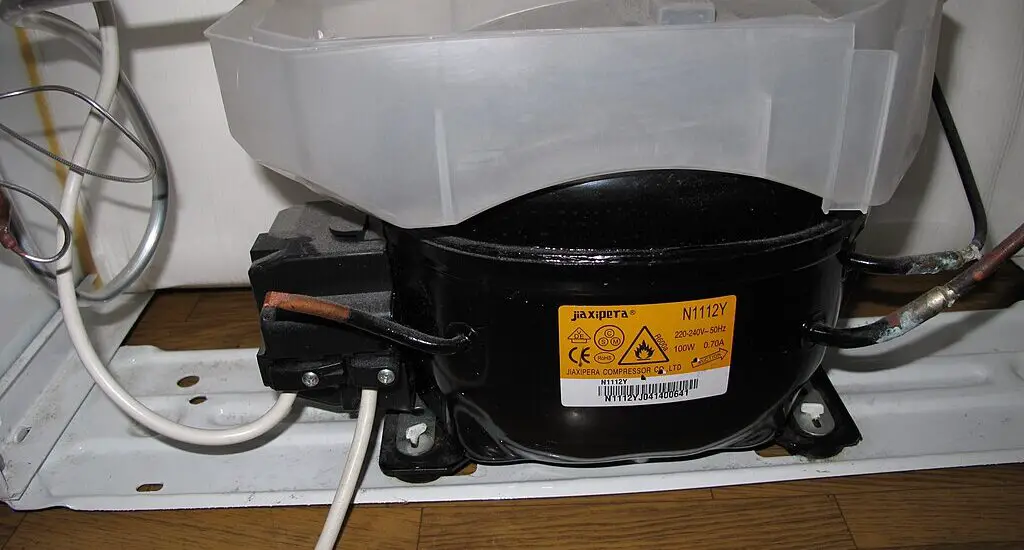If you’ve ever wondered about your refrigerator compressor cut off time, you’re in the right place. Understanding this important aspect can help you keep your fridge running efficiently and identify potential issues before they escalate.

Table of Contents
Understanding Refrigerator Compressor Cut Off Time
The term “refrigerator compressor cut off time” refers to the interval during which your fridge’s compressor remains in its inactive or “off” state. Contrary to what some might think, a refrigerator’s compressor does not run continuously. Instead, it works in cycles.
A complete cycle includes a period where the compressor is active and cooling the fridge (on-time) and a period where it is inactive (cut off time).
The duration of the cut off time can vary based on several factors. These include:
Room Temperature: In a hot environment, the compressor will work more frequently, reducing cut off time.
Fridge Load: A fuller fridge requires less energy to keep cold, which can lengthen the cut off time.
Door Usage: Frequently opening the fridge door lets in warm air, making the compressor work harder and shortening the cut off time.
Thermostat Settings: Lower temperature settings will require more frequent cooling cycles, reducing the cut off time.
Why is Refrigerator Compressor Cut Off Time Important?
The significance of understanding the refrigerator compressor cut off time extends beyond mere trivia. Here are reasons why you should care:
Energy Efficiency: If your compressor hardly ever cuts off, it’s continuously using power. This inefficiency will be reflected in higher electricity bills.
Fridge Health: A compressor that doesn’t get adequate off-time may be prone to quicker wear and tear, reducing the lifespan of your refrigerator.
Food Safety: An inconsistent cut off time could mean your fridge is not maintaining the right temperature, which poses risks for food spoilage.
Check out these other related articles…
Does a Refrigerator Compressor Make Noise? Detailed Answer
How Does a Compressor Work in a Refrigeration System?
Bad Smell From Refrigerator Compressor: 3 Causes & Fixes
Roaches in Refrigerator Compressor: Proven Elimination Steps
Dent in Refrigerator Compressor: Fixed in 6 Easy Steps
How to Measure Refrigerator Compressor Cut Off Time
To gain an accurate measure of your refrigerator’s compressor cut off time, you’ll need a timing device like a stopwatch or your smartphone’s timer function. Here’s a step-by-step guide:
Preparation: Clear your immediate environment to ensure you can hear the compressor turning off and on.
Timing Start: As soon as you hear the compressor shut off, start the timer.
Timing End: Stop the timer when you hear the compressor kick back on.
Multiple Measures: Perform this process multiple times to calculate an average cut off time for accuracy.
Compare: Finally, compare your average time to the manufacturer’s specifications, usually found in the user manual.
What to Do If Cut Off Time is Abnormal
If you notice that the cut off time is not in line with the manufacturer’s guidelines, there are several steps you can take:
Basic Troubleshooting: Check if the fridge door is sealing correctly and if the temperature settings align with the manufacturer’s recommendations.
Consult the Manual: Your user manual will often have a troubleshooting section that can offer insights into resolving minor issues affecting cut off time.
Professional Help: If the issue persists, it may be time to consult with a certified appliance technician to check for more serious problems like a failing compressor or refrigerant issues.